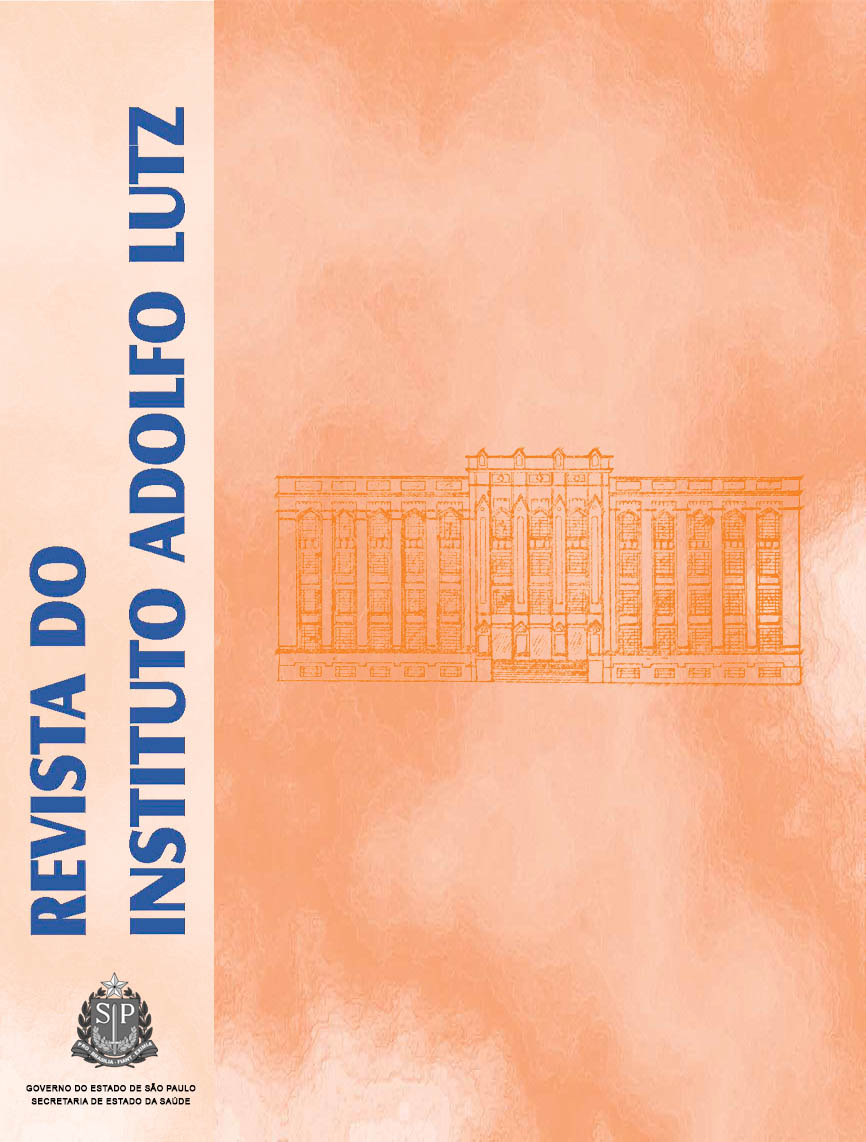Abstract
For identifying the compounds responsible for flavor requires procedures for performing the isolation and concentration of volatiles compounds from food raw macronutrient material with minimal effect on the original flavor. Several techniques have been used for these purposes, being among them the distillation and simultaneous extraction method (DSE). DSE method presents advantages as to enable the use of obtained extract in several kinds of analyses. Likewise, this method is particularly efficient for performing volatile compounds extraction, such as: phenols, acids, lactones, ketones, alcohols, and esters. In the present work, the DSE technique was assessed for isolating the volatile compounds from goat milk by means of Likens and Nickerson apparatus. By means of this technique 174 volatile compounds were detected from goat milk, and the best results were obtained under the following conditions: ethyl pentaneether (2:1) as solvent, sample volume of 200 mL, extraction time of 120 min, and extraction temperature at 55ºC.References
1. Fisher C, Scott TR. Flavores de los alimentos. Biologia e química. Zaragoza: Acribia, 1997, 212 p.
2. Madruga MS. Studies on some factors affecting meat flavour formation [Tese de Doutorado]. Reading, University of Reading, England, UK,1994.
3. Franco MRB, Janzantti NS. Avanços na metodologia instrumental da pesquisa do sabor. In: Franco MRB. Aroma e sabor de alimentos. Campinas: Varela; 2004. p.17-28.
4. Maarse H. Volatile Compounds in Foods and Beverages. New York:Marcel Dekker. 1991. 763 p.
5. Likens ST, Nickerson GB. Detection of certain hop oil constituents inbrewing products. Proceedings of the American Brewing Chemists1964; 5(5): 5-13.
6. Larráyoz P, Addis M, Gauch R, Bosset JO. Comparison of dynamicheadspace and simultaneous distillation extraction techniques used foranalysis of volatiles components in three European PDO ewes ́ milkcheeses. Int. Dairy J. 2001; 11: 911-26.
7. Alloggio V, Caponio, F, Pasqualone A, Gomes TV. Effect of heattreatment on the rennet clotting time of goat and cow milk. FoodChem. 2000;70: 51-5.
8. Delacroix-Buchet A, Lamberet G. Sensorial properties and typicity ofgoat dairy products. In: International Association of Goat. Proceedingsof the International Conference of Goats. Tours/France, 2000:559-63.
9. Gomes AMP, Malcata FX. Development of probiotc cheesemanu factured from goat milk: response surface analysis viatechnological manipulation. J. Dairy Sci. 1998; 81(6): 1492-507.
10. Morgan F, Jacquet F, Micault S, Bodin JP, Jaubert G..Study on thecompositional factors involved in the variable sensitive of caprinemilk to high-temperature processing. Int Dairy J. 2000; 10: 113-7.
11. Valero E, Sanz J, Martinez-Castro I. Volatile component in microwave-and conventionally-heated milk. Food Chem. 1999; 66: 333-8.
12. Jaubert G, Bodin JP, Jaubert A. Flavour of goat farm bulk milk. In:Morand-Fehr P, editor. Recent advances in goat research. Zaragoza:Ciheam-Iamz, 1997. 93 p.
13. Jennings W, Shibamoto T. Qualitative analysis of flavor and fragrancevolatiles by glass capillary gas chromatography. New York: Academic Press, 1980. 467p.
14. Kondjoyan N, Berdagué JL. A compilation of relative retention indicesfor analysis of aromatic compounds. Champanelle: Laboratóire Flaveur,1996. 235p.
15. Parliment TH. Solvent Extraction and Distillation Techniques. In: Techniques for Analyzing Food Aroma. Marsili, New York: Marcel Dekker. 1997; 1-26.
16. Mcgugan WA. Description of flavor chemicals. Food Research Reports –Food Research Institute, Agriculture Canada (Otawa), 4(1), 1980. 46 p.
17. Massart-Leen AM, De Pooter H, Decloedt M, Schamp N. Compositionand variability of the branched-Chain fatty acid fraction in the milkof goats and cows. Lipids.1981; 16(5): 286-92.
18. Rodriguez-Amaya DB. Rotas bioquímicas e químicas para formação de compostos voláteis em alimentos. In: Franco MRB. Aroma e sabor dealimentos. Campinas: Varela; 2004. 177-94.
19. Hammond EG. Flavor chemistry of lipid foods. Blackie Academic Professional, London, 1998. 237 p.
20. Calvo MM, Hoz L. Flavour of heated milks. A review. Int. DairyJ.1992; 2: 69-81.

This work is licensed under a Creative Commons Attribution 4.0 International License.
Copyright (c) 2005 Instituto Adolfo Lutz Journal
